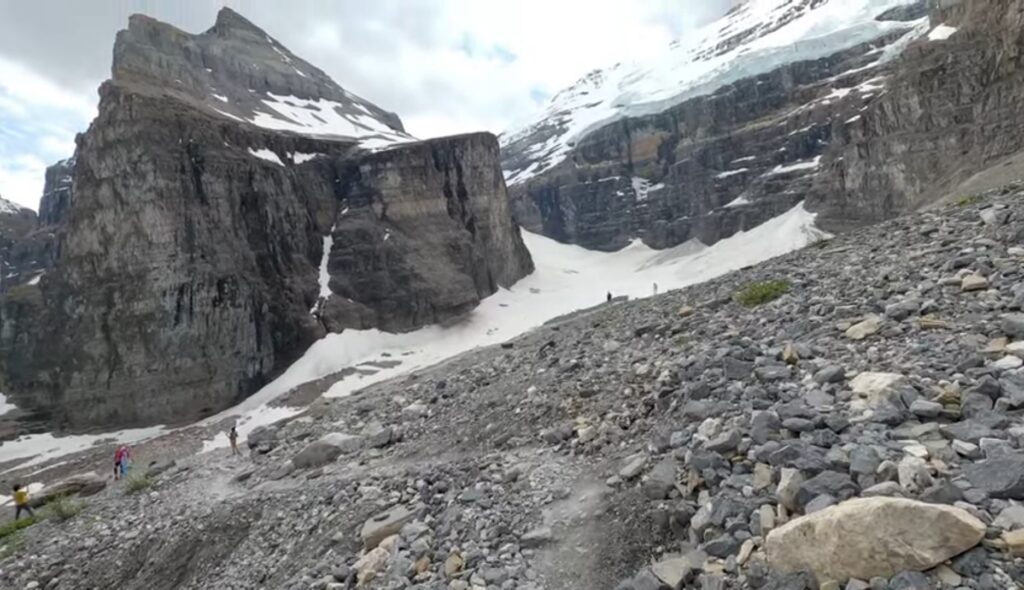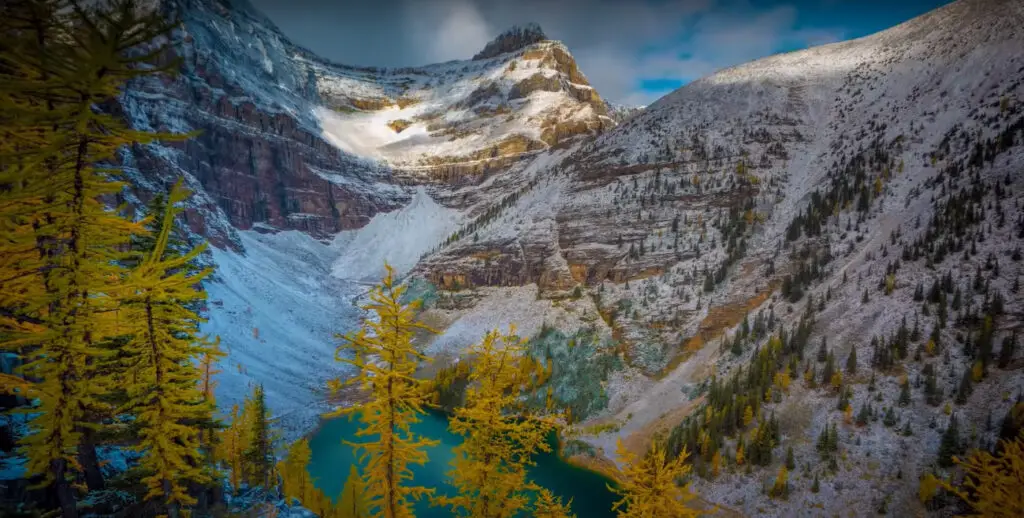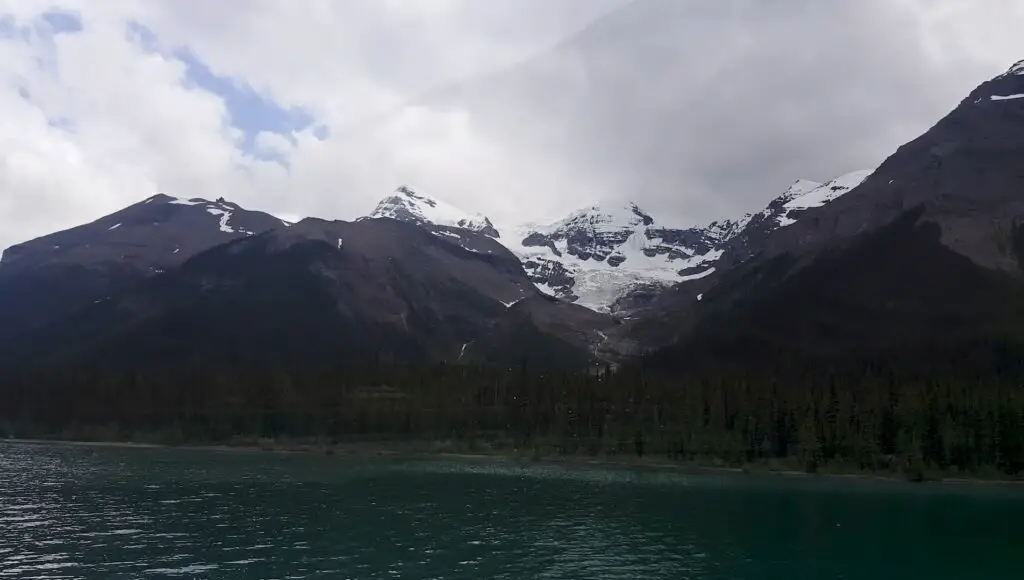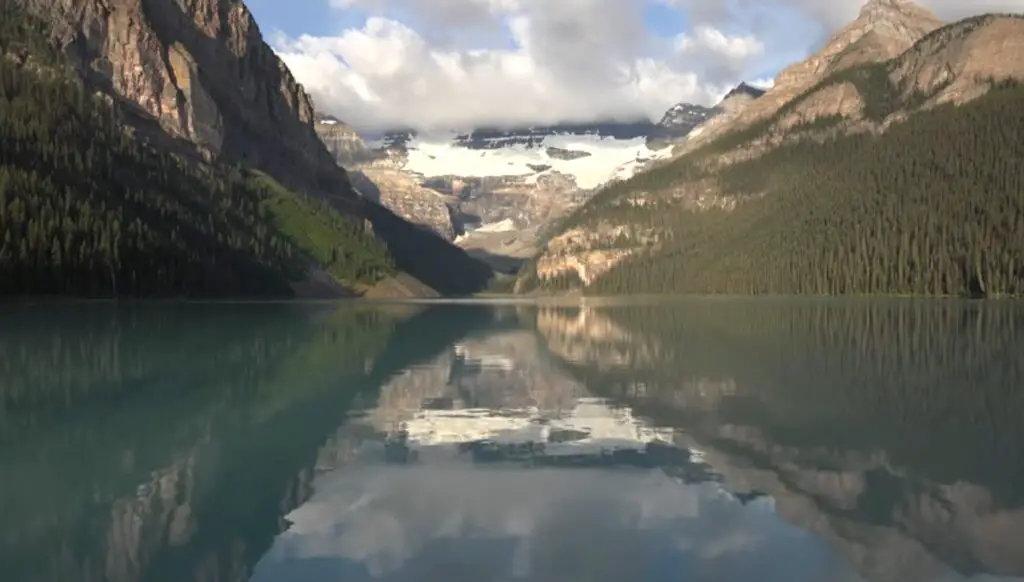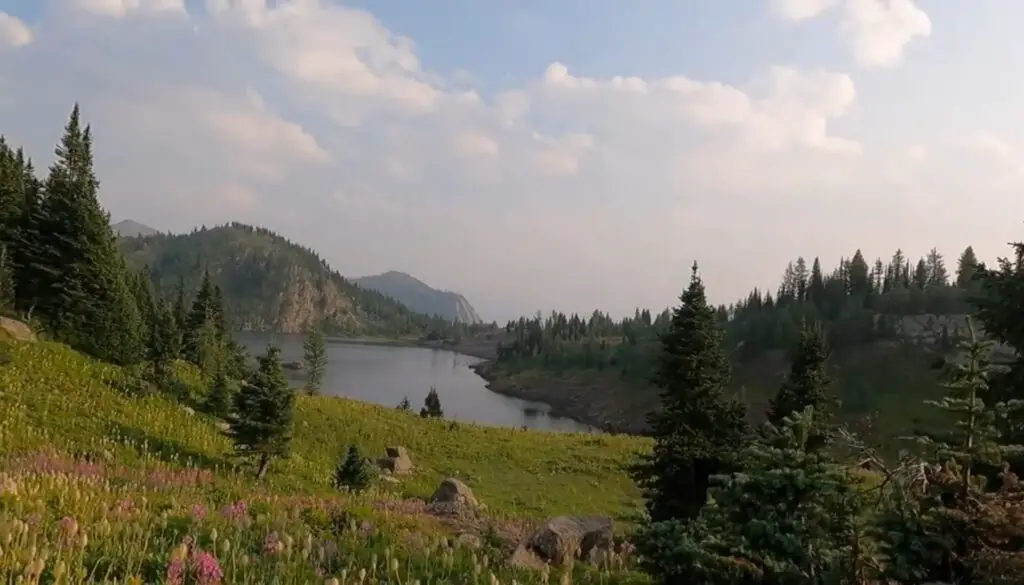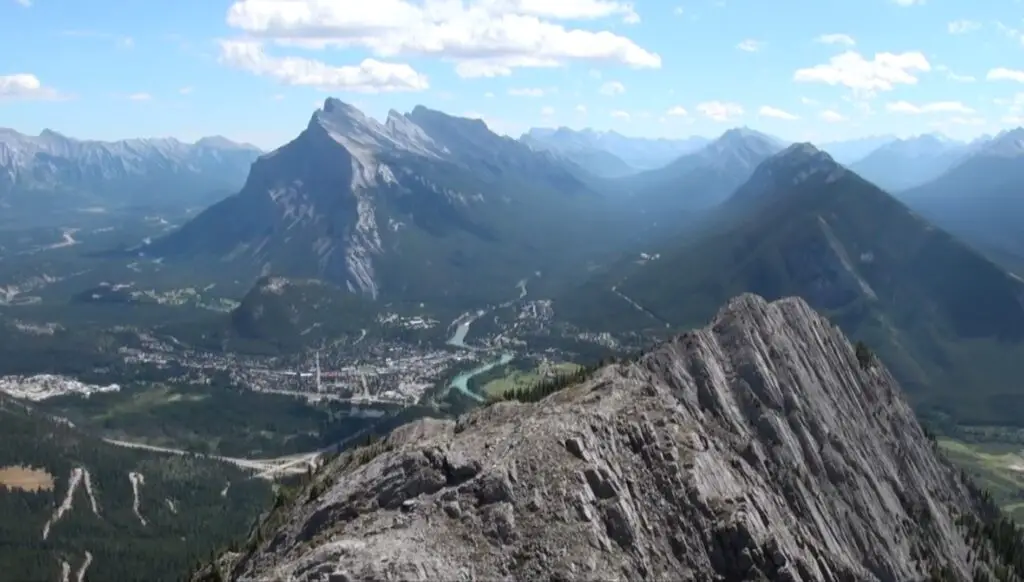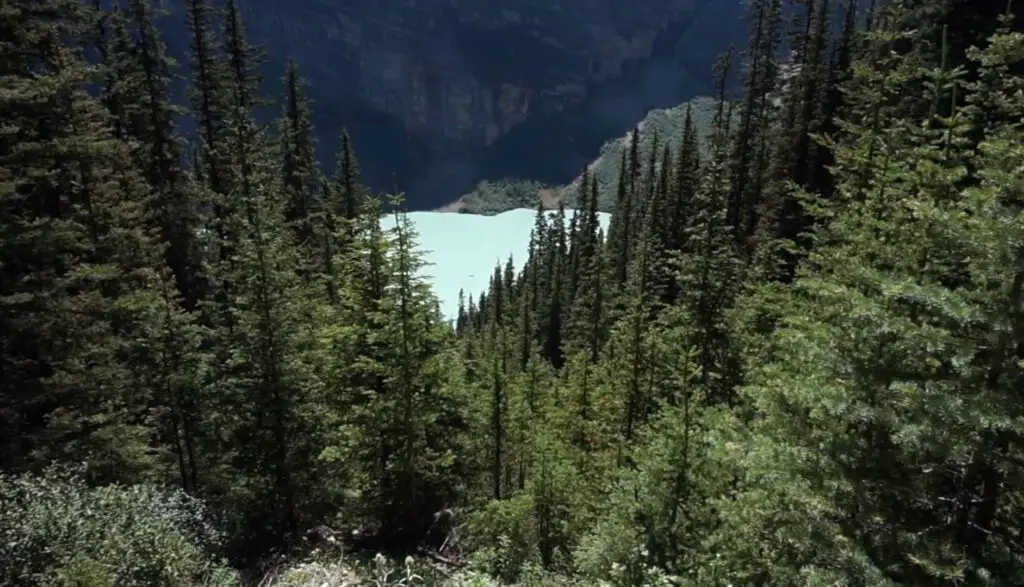Johnston Canyon is a breathtaking hiking destination located in Banff National Park in Alberta, Canada. Known for its stunning waterfalls, beautiful rock formations, and crystal-clear streams, Johnston Canyon is a must-see destination for nature lovers and outdoor enthusiasts.
History and Development
Johnston Canyon has a rich history that dates back to the early 1900s when it was first discovered by early explorers and mountaineers. Over the years, the area has been protected and preserved as part of Banff National Park, with hiking trails and visitor facilities developed to allow visitors to experience the area’s natural beauty while minimizing their impact on the fragile ecosystem.
Trail Description
The Johnston Canyon trail is a 6.7 km (4.2 mile) round-trip hike that follows Johnston Creek as it winds through the scenic canyon. The trail is well-maintained and relatively easy, making it suitable for hikers of all skill levels.
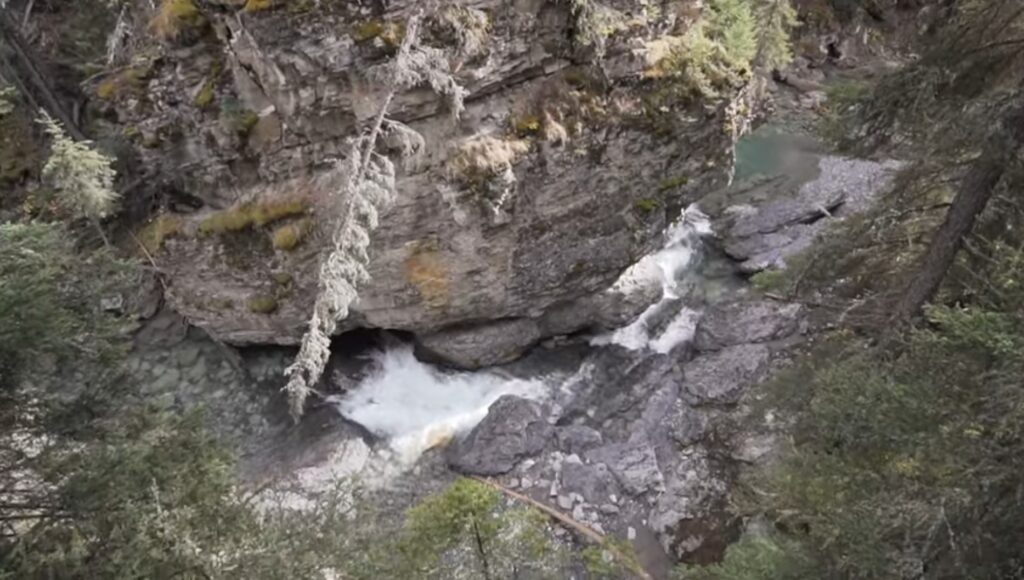
The first section of the trail follows a series of catwalks and bridges suspended over the canyon, providing breathtaking views of the rushing water below. As hikers continue up the canyon, they will pass several stunning waterfalls, including the Lower Falls and the Upper Falls, which are particularly impressive.
Beyond the Upper Falls, the trail continues up the canyon to the Ink Pots, a series of colorful mineral springs that bubble up from the ground. The Ink Pots are a unique and fascinating natural phenomenon that provides a glimpse into the geological forces that shaped the Canadian Rockies.
Tips for Hiking Johnston Canyon
Johnston Canyon is a popular hiking destination, and the trail can get busy during peak season. Here are some tips to help make your hike a success:
- Plan ahead: Johnston Canyon is accessible year-round, but the trail can be icy and treacherous in the winter months. It’s important to check trail conditions before heading out and to come prepared with appropriate gear, including ice cleats or crampons.
- Arrive early: The trailhead can get busy, so it’s best to arrive early in the day to secure a parking spot and avoid the crowds.
- Dress appropriately: The weather in the mountains can be unpredictable, so it’s important to be prepared for a range of temperatures and conditions. Dress in layers and bring a waterproof jacket in case of rain.
- Bring plenty of water and snacks: The hike is relatively easy, but it can take several hours, so it’s important to stay hydrated and energized.
- Stay on the trail: The trail is well-marked, so it’s important to stay on the trail to avoid getting lost and to protect the delicate ecosystem.
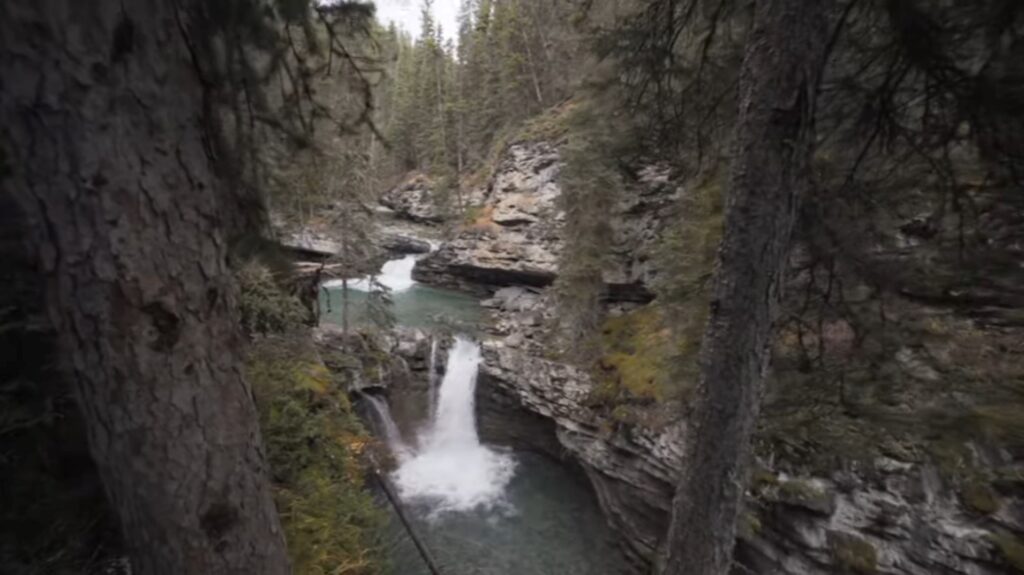
How long does the Johnston Canyon walk take?
The duration of the Johnston Canyon walk can vary depending on factors such as your walking pace, the number of stops you make along the way, and the crowd levels. However, on average, the round trip to the upper falls of Johnston Canyon takes approximately 1.5 to 2 hours.
The trail to the lower falls is well-paved and easily accessible, with a distance of about 1.1 kilometers (0.7 miles) each way. The walk to the lower falls typically takes around 30 minutes to 1 hour, depending on your walking speed and the time spent admiring the falls.
If you choose to continue to the upper falls, the trail becomes slightly more challenging and stretches for an additional 1.6 kilometers (1 mile) each way. The hike to the upper falls usually takes an additional 30 minutes to 1 hour.
It’s important to note that during peak visitor seasons or weekends, the trail can become crowded, which might slow down your progress. Additionally, if you plan to explore further along the trail to destinations like the Ink Pots, you should allocate more time accordingly.
Overall, planning for a 2 to 3-hour round trip to Johnston Canyon, including stops to enjoy the waterfalls and the natural beauty of the area, is a good estimate.
Five facts about Canyons
Formation: Canyons are typically formed through the erosive forces of water and geological processes over long periods of time. Rivers and streams carve through rock layers, gradually deepening and widening the channels, resulting in the formation of canyons.
Size and Depth: Canyons can vary greatly in size and depth. Some canyons, like the Grand Canyon in the United States, are enormous, stretching for hundreds of kilometers and reaching depths of over a mile. Others may be smaller, with narrower dimensions and shallower depths.
Geological Layers: Canyons often expose a cross-section of geological layers, offering valuable insights into the Earth’s history. The rock formations and sedimentary layers visible in canyons can reveal information about the processes that shaped the land over millions of years.
Biodiversity: Canyons are home to diverse ecosystems, often hosting a wide range of plant and animal species. The steep walls of canyons create microclimates that support unique habitats, with different species adapting to specific niches within the canyon environment.
Cultural Significance: Canyons have been of great cultural importance to various civilizations throughout history. Many canyons hold cultural and spiritual significance for Indigenous communities, serving as places of worship, gathering, or storytelling. Canyons can also be popular tourist destinations, attracting visitors with their natural beauty and recreational opportunities.
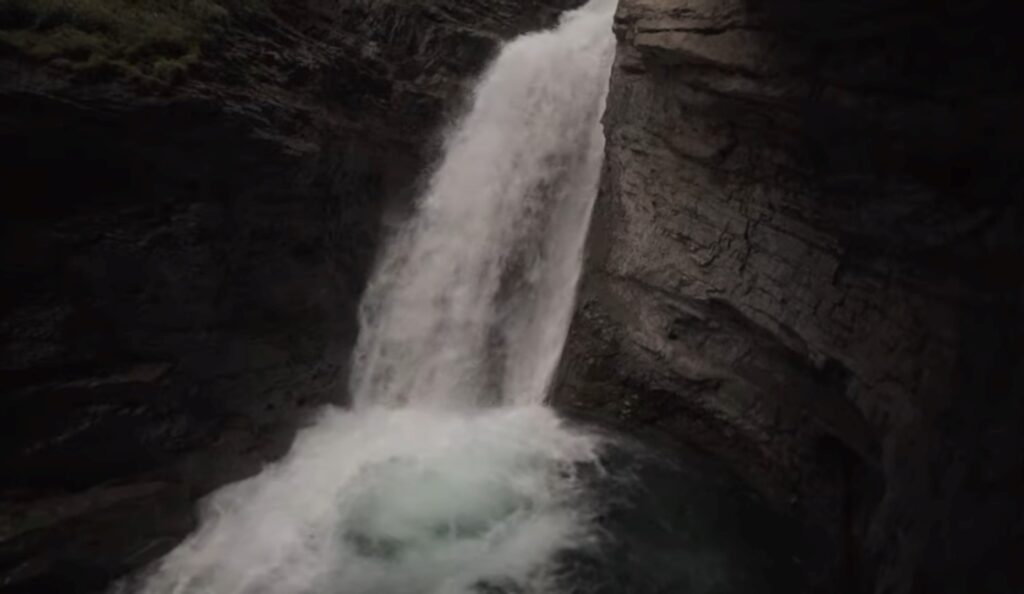
Johnston Canyon Campground
There are several campgrounds in the vicinity that offer convenient access to Johnston Canyon and the surrounding area. Here are a few nearby campgrounds:
Castle Mountain Campground: Located approximately 11 kilometers (7 miles) southeast of Johnston Canyon, Castle Mountain Campground provides a tranquil setting along the Bow River. It offers basic amenities such as picnic tables, fire pits, and dry toilets.
Protection Mountain Campground: Situated about 15 kilometers (9 miles) northeast of Johnston Canyon, Protection Mountain Campground is nestled in a forested area near the Bow Valley Parkway. It features both unserviced and power-equipped campsites, as well as amenities such as firewood, picnic areas, and flush toilets.
Tunnel Mountain Campgrounds: Located in the town of Banff, about 30 kilometers (19 miles) northeast of Johnston Canyon, Tunnel Mountain Campgrounds consist of three campgrounds: Tunnel Mountain Village I, Tunnel Mountain Village II, and Tunnel Mountain Trailer Court. These campgrounds offer a range of services, including showers, flush toilets, electrical hookups, and more.
Two Jack Lakeside Campground: Situated approximately 40 kilometers (25 miles) northeast of Johnston Canyon, Two Jack Lakeside Campground is located near Two Jack Lake. It provides a picturesque setting and offers a variety of amenities, including flush toilets, showers, picnic tables, and fire pits.
Please note that campgrounds in Banff National Park are quite popular and may require advance reservations. It’s recommended to check availability and make reservations through Parks Canada’s official website or by contacting the park directly for the most accurate and up-to-date information.
Johnston Canyon is a must-see destination for anyone visiting Banff National Park. With its stunning waterfalls, beautiful rock formations, and crystal-clear streams, Johnston Canyon offers a unique opportunity to experience the natural beauty of The Canadian Rockies. Whether you are a seasoned hiker or a novice adventurer, Johnston Canyon is sure to be an unforgettable experience.

